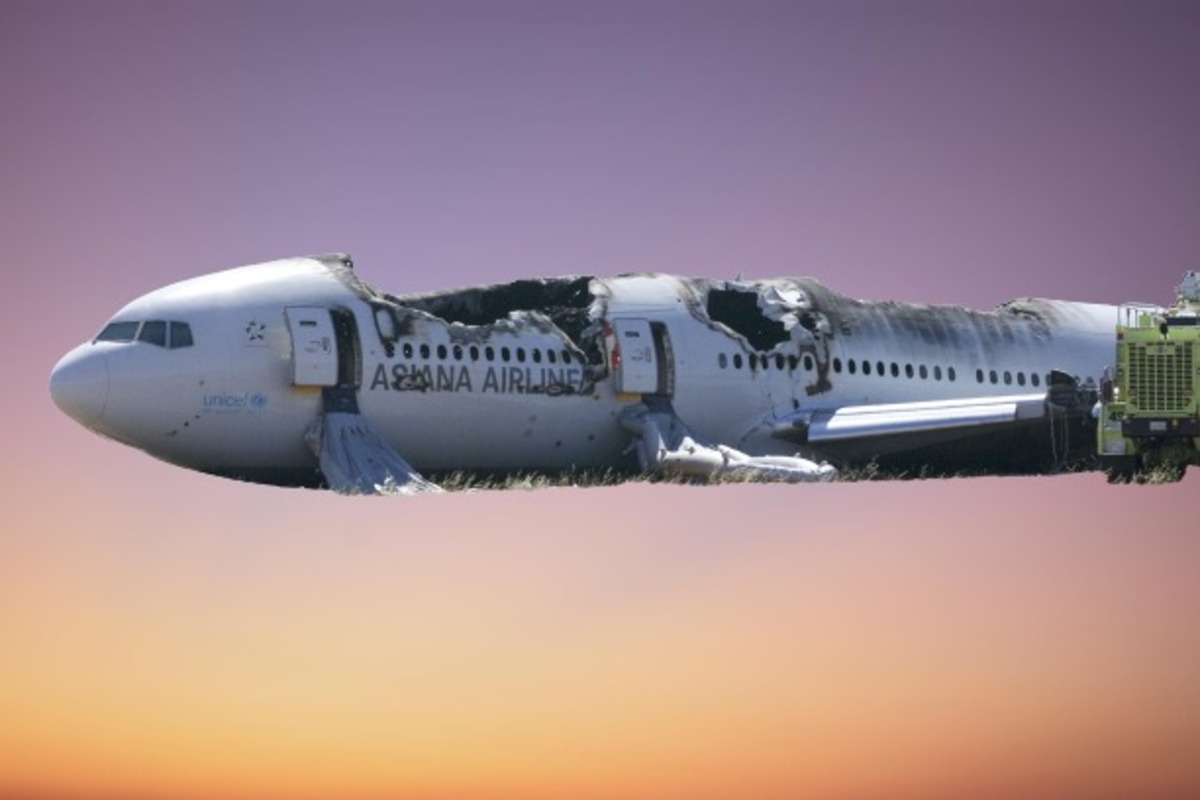FAA and NTSB Investigate Near Collision: The FAA and NTSB are investigating a terrifying near-collision in San Diego’s beautiful sky. This has deepened the probe. Southwest Airlines Boeing 737 and Cessna Citation 560X business jet were on a collision track. This was another terrifying occurrence in American flying.
The FAA’s initial review revealed that the potentially catastrophic event occurred on a Friday just before noon Pacific Daylight Time (1900 GMT). The San Diego International Airport air traffic controller allowed the Cessna to land, unaware that Southwest Airlines Flight 2493 had been instructed to taxi onto the same runway to wait for departure instructions.
Luckily, the air traffic controller’s automated surface monitoring system, a sentry for impending calamities, flashed an alert, alerting him to the disaster. Thus, the manager averted tragedy. Urgent actions halted the Cessna’s landing attempt.
Early investigations indicated that the Cessna was ascending above the Southwest airliner by 100 feet. It’s scary close. This distinguishes a potential calamity from one that occurred. An experienced FAA crew is heading to the accident site to investigate.
Southwest Airlines, conscious of the severity of the situation, is helping the FAA investigate. Their relief shows that the trip went successfully from start to finish, landing safely in San Jose at the scheduled time.
The NTSB has investigated seven runway incursions this year. The San Diego mystery was the latest. The NTSB is investigating a concerning pattern.

Read More: LONGi Chinese Solar PV SBTi Company Recognized by Science Based Targets Initiative
Remember that this is not an isolated episode in US aviation history. A FedEx freight plane and a Southwest Airlines Boeing 737 nearly collided in the cloudy air above Austin, Texas, earlier this year. Two planes flew through a narrow 115-foot (35-meter) gap. They almost crashed due of a director’s misdirection. Southwest’s takeoff was nearly a tragedy. FedEx’s flight, however, landed smoothly.
In February, a Lear 60 private plane pilot in Boston was denied takeoff clearance, according to the National Transportation Safety Board. This mistake nearly crashed a JetBlue flight. The airport’s surface detection system and the air traffic controller’s fast evasive maneuvers prevented disaster just feet above land.
The brave JetBlue Embraer 190 in the air was not immune to the terrifying close encounters. It aborted landing near the runway intersection at 30 feet above ground. It would have hit the air charter otherwise. The JetBlue airliner soared 400 feet above the lost charter plane, a frightening sign of how close the two planes were to colliding. New data illustrates the impact’s frightening proximity.
In March, the FAA began a trip to strengthen air traffic control, knowing things were becoming worse. Due to multiple close calls, the FAA conducted a safety summit and warned airlines, pilots, and other stakeholders. The advisory emphasized the need to keep vigilant and reduce safety risks.
These incidents emphasize the need for accuracy, forethought, and safety. Flight cannot be without this. These catastrophes demonstrate the importance of precision, foresight, and safety in flight, where lives are at stake.
Our Reader’s Queries
Is the responsibility of the pilot and crew to report a near midair collision?
As a pilot or member of the flight crew, it is your duty to confirm if a near midair collision has taken place and take action by filing a NMAC report. It is important to be clear and direct when communicating with ATC, as they will not assume a casual comment indicates a NMAC report. To ensure proper reporting, state explicitly, I wish to report a near midair collision.
Does the FAA investigate plane crashes?
The FAA and NTSB will collaborate on the investigation, with the latter taking the lead and providing regular updates.
What does the FAA consider a near miss?
A near miss in aviation refers to an unexpected occurrence that could have resulted in human injury, environmental or equipment damage, or disruption to normal operation, but fortunately did not. These incidents can happen either on the ground or in the air, and may be caused by a range of factors, such as pilot error. It’s crucial to identify and report near misses to prevent future accidents and ensure the safety of all involved.
What incidents are reportable to the FAA?
If the remote pilot in command of a small UAS or drone experiences an accident that results in serious injury to any person, loss of consciousness, or damage to any property (excluding the UAS or drone) that requires more than $500 to repair or replace, they must report it to the FAA within 10 days. This is a crucial safety measure that ensures accountability and helps prevent future incidents.

